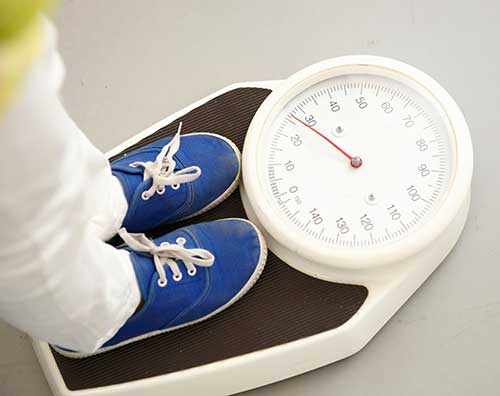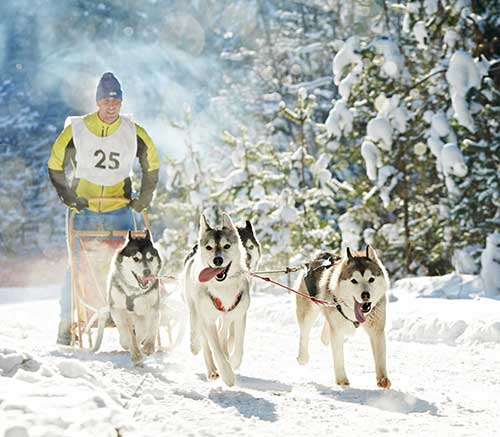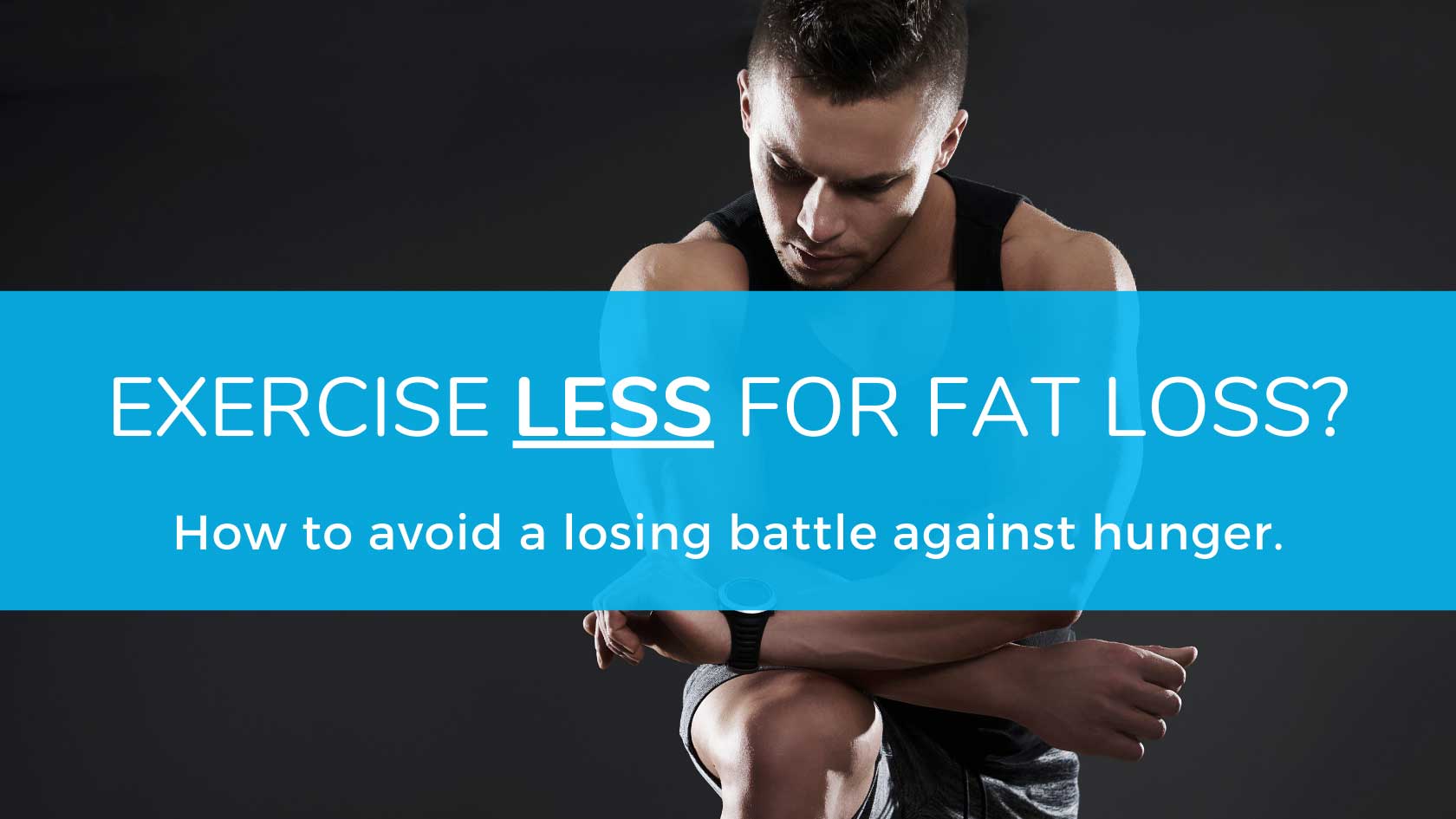In Part I, I explain how trying to burn calories through long, arduous workouts can cause overeating and weight gain.
In Part II, I explain how we can instead use exercise to reduce our appetites and eating.
In 2008, I was the most active I’d ever been. For over an hour every day (sometimes twice daily) I did arduous, “functional” training type workouts. I squatted, snatched, sprinted, rowed, climbed, and performed tons of mechanical work, burning many calories in the process.
And yet, despite all that exercise, my weight ballooned to 220lbs. I had a reasonable idea about how to eat well, but I also had a problem: my appetite was insatiable.
Fighting your appetite is a losing battle.
Whether unconsciously (mindlessly snacking) or consciously (because I “deserved” it), I must have been overeating to be gaining weight. Worse, the grueling exercise also made me tired. I was lethargic, and became less active (burning fewer calories) between workouts. My exercise was slowing my metabolism, increasing my hunger, and setting me up for failure.
Many people struggle with hunger after exercise.
It turns out, I’m not alone. Many people actually gain weight when they start exhaustive exercise programs. Most studies (not all) find a small fat loss benefit from exercise programs. But when you look at the raw data in these studies, it is clear that a fair minority of participants actually gain weight and fat.

With exercise, more is NOT always better.
The popular belief is that more activity translates to more weight loss. This makes sense if we treat fat lass like a simple math equation. For example: If I eat 200 fewer calories, and burn 200 extra calories, I should lose 400 calories of weight per day, or about a pound in 9 days. This is true, but it’s not helpful.
“Burning calories” is overly simplistic.
The problem is that when we change one variable by burning calories through exercise, we may influence another, by consuming extra calories due to increased hunger. This is what happens when we “work up an appetite,” and the data shows it is clearly a problem for many people.

Study participants often gain fat on exercise programs.
A systematic review of scientific studies explored this phenomenon. It showed that a sizable group of people who begin consistent and rigorous exercise end up gaining weight and fat. Like me, their fatigue makes their metabolism slow between workouts, and their increased hunger leads to more energy coming in at the dinner table. Frustrated with their lack of progress, they may fall off the wagon.
“Compensators” respond to exertion overeating.
This study subjected 81 overweight women to 12 weeks of fairly rigorous treadmill based exercise. Three times a week, they would sustain a heart rate of about 150 bpm for 30 minutes. Amazingly, 55 (68%) gained weight and fat! What’s worse, in my opinion, is that many also lost lean tissue (up to 8lbs!). It is well known that 20-35% of body weight lost during traditional diet and exercise regimens is lean tissue (bone, muscle, etc). In Part 2, we’ll discuss how to prevent this.

Despite being instructed to keep eating the same diet, the subjects who gained weight necessarily must have eaten more food. Importantly, they can’t be accused of not doing “enough* exercise, as the study participants all improved their cardiovascular fitness. This flies in the face of the simplistic understanding of weight loss as a function of eating less and exercising more.
Homeostasis: Our body changes our hunger to prevent a loss of fat.
For some, the “fat-burning zone” could be better termed the “hunger increasing zone.”
Here, we get to the frustrating paradox of exercise and its influence on our food intake. Exercise drives us to eat more. And, for many people, this drive is so strong that overeating becomes unavoidable. Sure, we may do great for a few weeks on a restrictive diet, but over a long enough time-scale, larger doses of exercise contribute so strongly to hunger that the diet ultimately implodes. We binge on fast sources of calories that allow us to completely negate the strict dieting during the week. We snack on “healthy” but calorie dense foods that undermine or even reverse our weight loss efforts. We see fat loss stall, and even regress. We give up.
But can’t we counter overeating with even more exercise?
If you have unlimited time, yes you can “out train” a bad diet. This runs against my argument, so I want to be honest about it. It is possible to exercise so much – to burn so many calories, that you will lose weight no matter how much you overeat to compensate. Michael Phelps famously ate 14,000 kcals per day on training days, while he swam 50 miles a week. (That’s not a typo). Mushers in the Iditarod race eat upwards of 9,000 kcals per day over the 12 days it often takes to complete, and yet still lose at least a pound in that short time. The ethically dubious starvation studies of conscientious objectors in WWII showed massive weight loss in most of the food-deprived, over-exercised subjects (paradoxically in different amounts).
Only extreme amounts of exercise will compensate for overeating.
Let’s acknowledge that if you perform obscene amounts of intense physical activity for 6-10 hours per day, then you can probably get away with eating whatever you want. That doesn’t mean you’ll be optimizing your health, but calories, after all, are calories. And, if you engage in frank and prolonged starvation (under medical supervision for electrolyte and vitamin supplementation), you can achieve astonishing amounts of weight loss.

This doesn’t apply to most of us with busy lives.
Are you going to run or swim for 3-5 hours a day? No. This does not help the average person with a job, a family, weekend house projects, and other responsibilities. We are not going to exercise for 20-30 hours per week. At best, the more motivated 9-to-5’ers might average 1-2 hours per day, but even that would not be enough to cancel out the effects that milk shake, double cheeseburger, and cheese fries on Friday night. (Nor the pizza and beer on Saturday!)
What should we use exercise for, if not to burn calories?
For most people, sustainable fat loss is about adopting dietary habits that allow us to consistently eat a little less than we used to. Not for 3 or 4 weeks, but for the rest of our lives. And the number one enemy to a sustainable diet is hunger. If your strategy is to just have endless willpower to battle your hunger forever, it won’t work.The right dietary strategies (see Part 3 if this series) will help you feel more full on fewer calories and without the need for willpower. The right approach enhances our metabolism, and preserves our lean mass so we don’t lose valuable muscle during a period of weight loss. But the wrong exercise approach will push hunger levels back up.
This doesn’t mean you have to stop your favorite form of exercise.
What I’m not saying is for your to give up jogging, hiking, or any other challenging thing you love. As I mentioned in my last article, healthy activity is hugely valuable to your health, and proper resistance exercise can help us continue to enjoy these things with less risk of injury. I just encourage you not to look at “calories burned” as the end goal of these activities, as this isn’t part of a sustainable, low-willpower strategy for long term health.
We need to shift our thinking about what exercise is for. I’ll dive into this in Part 2.

